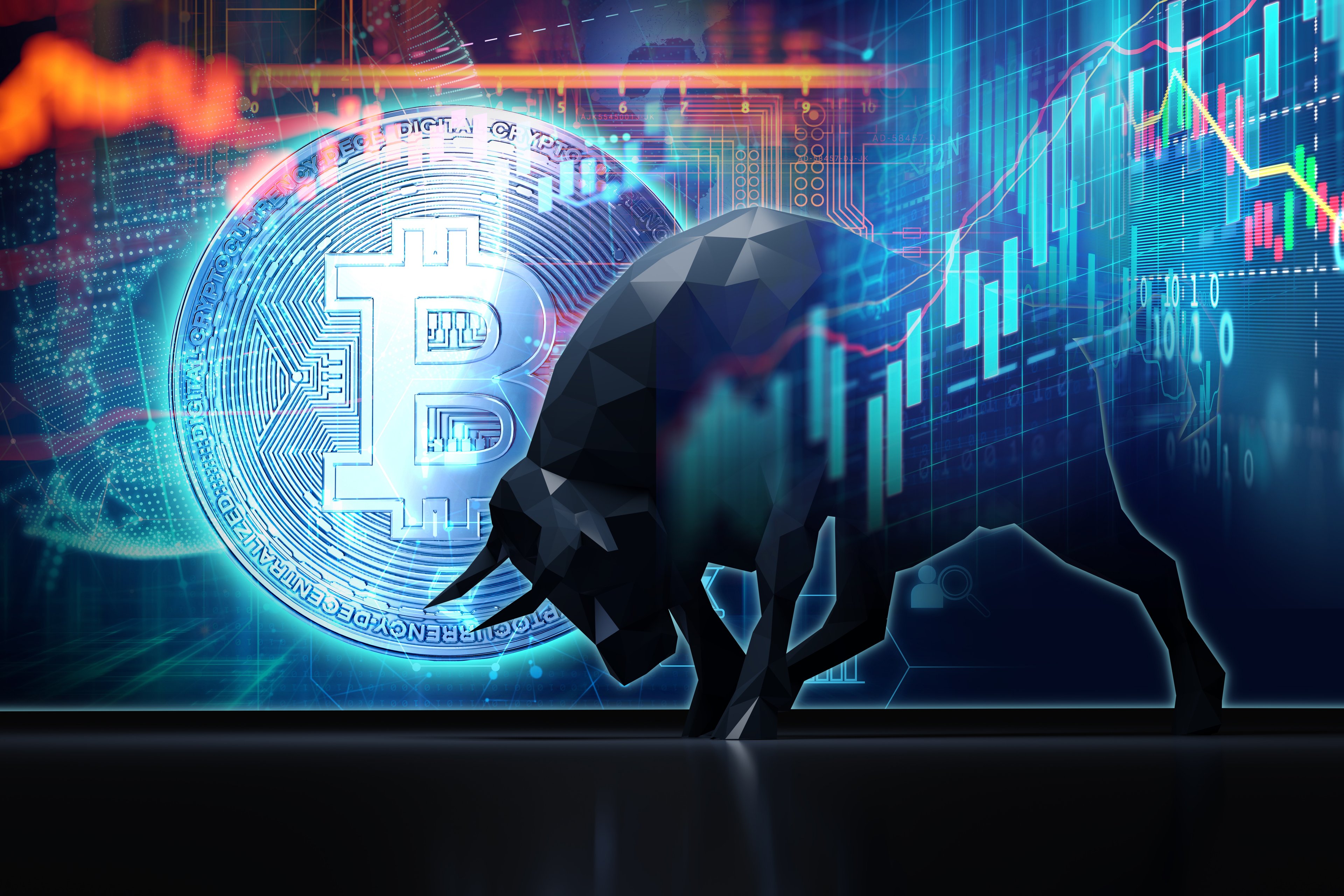Runaway trains rarely stop on a dime, but that doesn't stop investors from fearing exactly that outcome. In July, XRP (XRP +0.06%) looked like one, surging by more than 50% before giving back some of its gains in early August. A single month's performance does not define a long-term investment, yet sharp moves often signal that something has changed under the hood, and, in this case, if there were such a change it would be for the better.
If you missed the ride in July, the real question is whether today's price is still attractive. The short answer here is yes, at least if you are willing to own a coin whose biggest catalysts are only now falling into place. Here's why.

CRYPTO: XRP
Key Data Points
What's driving this coin's rapid growth
Why did XRP's price surge, and how does that link into its ability to continue growing for the next few years and beyond?
First, a big part of the story right now is that investors are front-running a wave of potential exchange-traded funds (ETFs) getting approved. The Securities and Exchange Commission (SEC) set an Oct. 17 deadline to rule on multiple spot XRP ETF filings, and a recent policy tweak allowing in-kind redemptions slashed one of the last logistical hurdles to approval. In short, approval is likely to happen before the end of the year, which will be a major boost for the coin's price.
Furthermore, although the SEC's in-kind creation rule may sound like esoteric financial plumbing to some investors, it's important because it removes a cost that previously discouraged asset issuers from touching anything beyond the biggest couple of cryptocurrencies. If one or more spot funds clear the finish line, issuers would need to buy XRP on the open market, pulling float out of circulation and tightening supply.

Image source: Getty Images.
The next very promising catalyst is that XRP's newest technology upgrade features an Ethereum Virtual Machine sidechain, which has been live on the main network since June 30.
Don't get too bogged down by the technical language here. You can think of the sidechain as a new piece of tech infrastructure that makes XRP compatible with the vast universe of Ethereum smart contract tooling. In a nutshell, developers can now port Solidity apps (like those in Ethereum) to XRP while paying gas (users) fees in XRP rather than Ethereum coins. That bridges the talent gap that has long favored Ethereum over XRP, and it could easily blossom into a self-reinforcing loop of fresh decentralized applications (dApps), liquidity, and users.
Finally, there is the megatrend toward asset tokenization.
The XRP Ledger bakes compliance tools like issuer authorization and asset freezes directly into the protocol, letting institutions mint real-world asset tokens without as much fear of regulatory backlash. That pitch is landing with asset issuers, as XRP is now home to the third-largest tokenized U.S. Treasury bill product on any chain. Tokenized Treasuries are a gateway asset that will attract financial institutions.
Once assets park on the XRP Ledger, they rarely leave, and each dollar parked gives holders another reason to hold some XRP for fees or liquidity.
This coin is worth buying, but it isn't a freebie
XRP's structural story looks more interesting than it has in years. With that said, despite XRP's very bullish prospects at the moment, the path forward isn't risk-free, nor will it ever be.
The very same SEC that could green-light ETFs might also impose stricter disclosure requirements or other regulations that damp institutional enthusiasm. Technical execution is another concern. Sidechains are notoriously fragile and frequently clunky to use, and bridges between sidechains and main chains are among the most common points of failure in blockchain ecosystems.
On top of that, XRP faces fierce competition from Ethereum and other chains that are aggressively targeting the same developer and tokenization flows that XRP hopes to capture.
Still, XRP's path to wider adoption looks clearer than at any point since its 2017 heyday. Long-term holders are betting that incremental wins like extra dApps and a tokenized fund end up compounding faster than the market expects. Those are a reasonable set of assumptions.
For investors willing to stomach some volatility, dollar-cost averaging into a position of XRP for a multiyear hold could make sense. Almost no other cryptocurrency is as well positioned in its niche as XRP, and it's certainly worth buying as a result.






